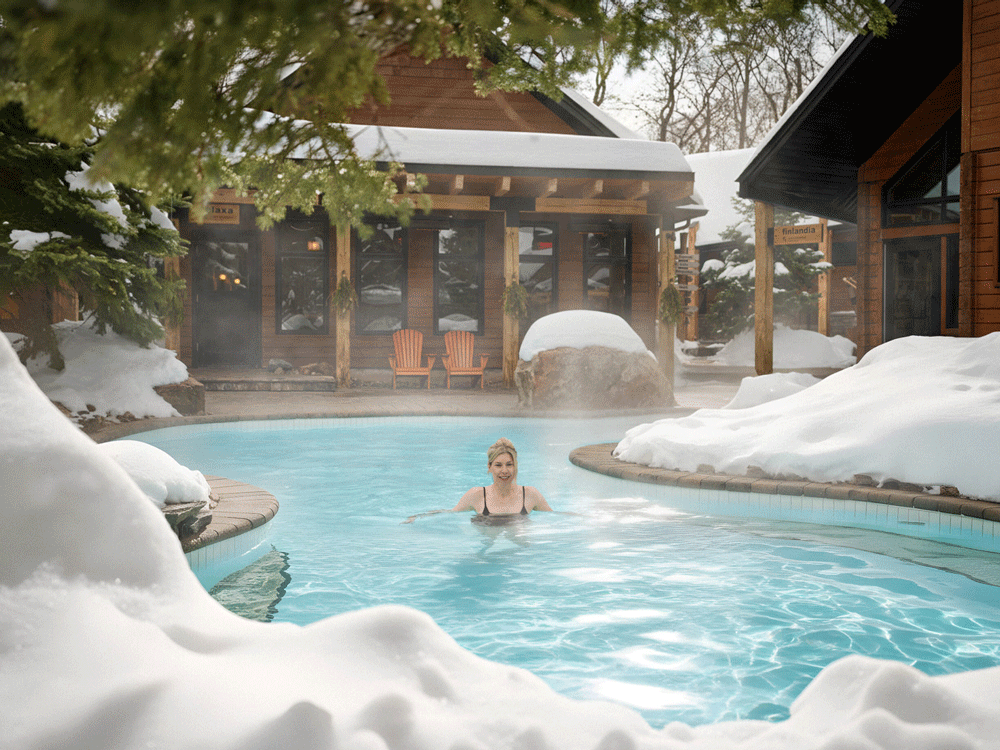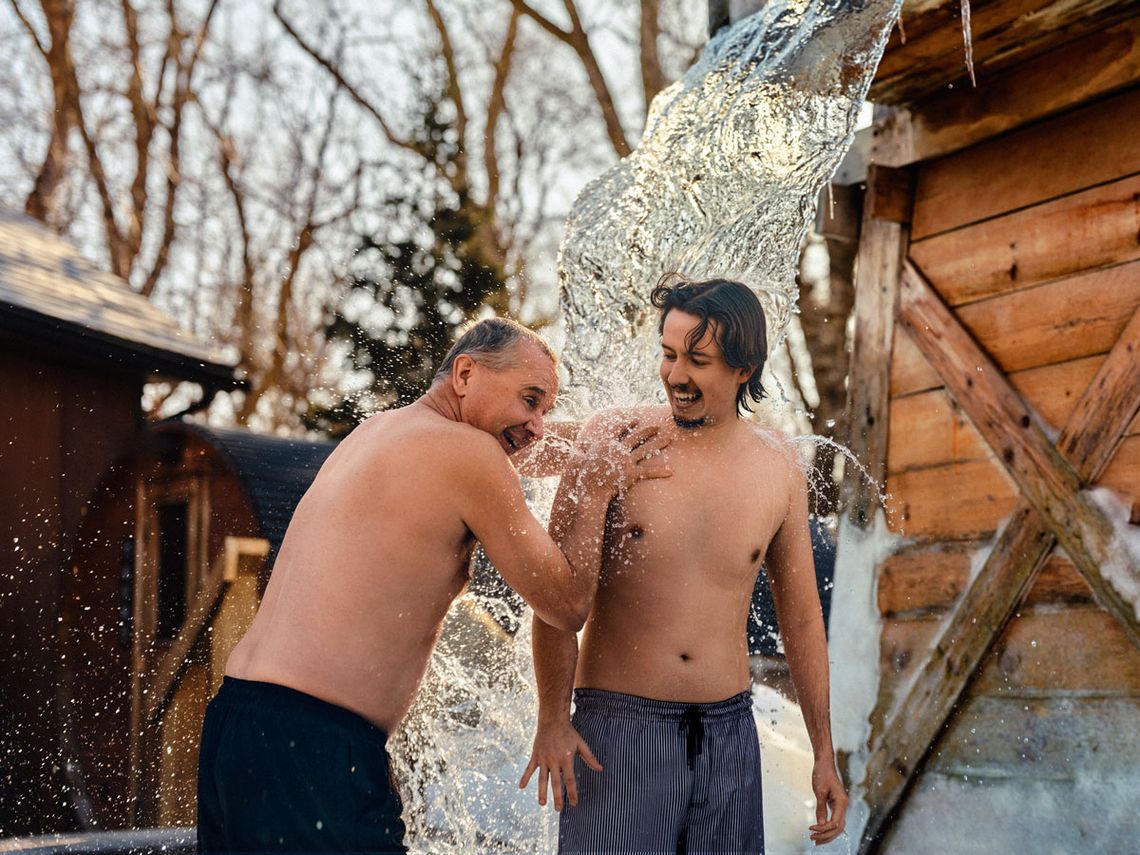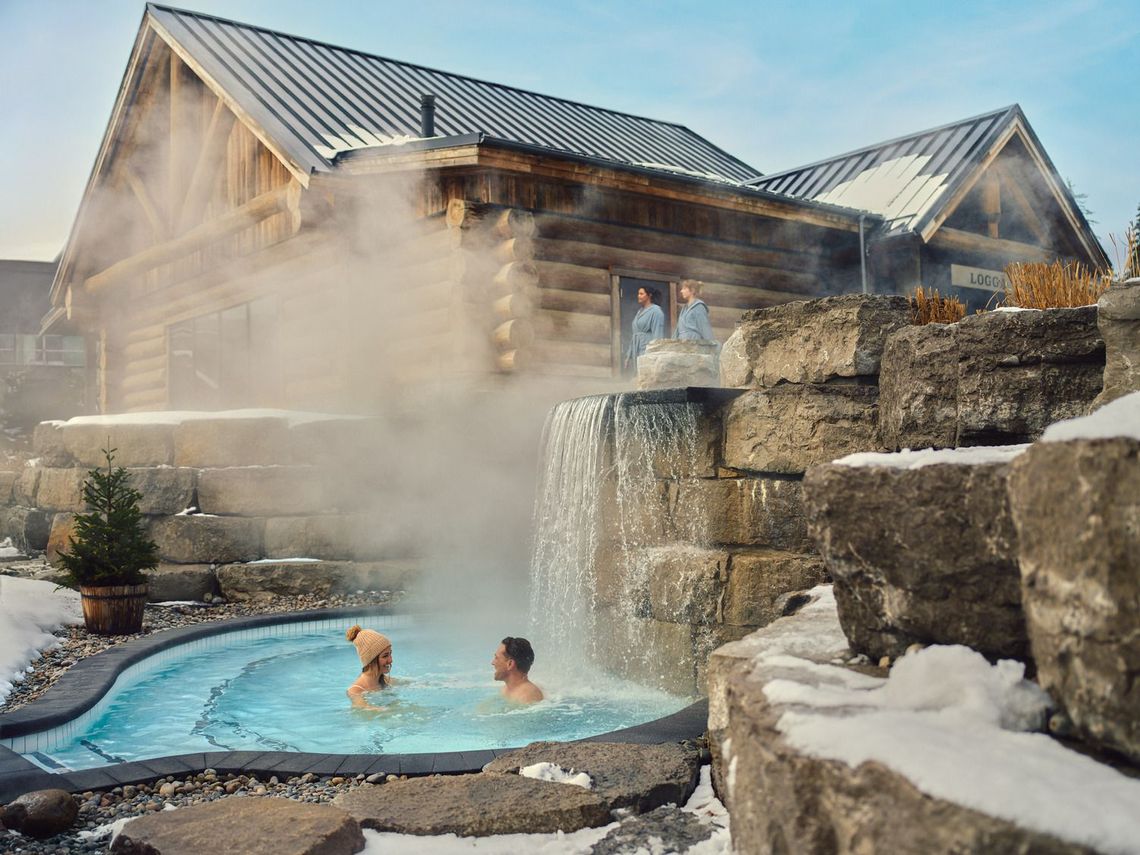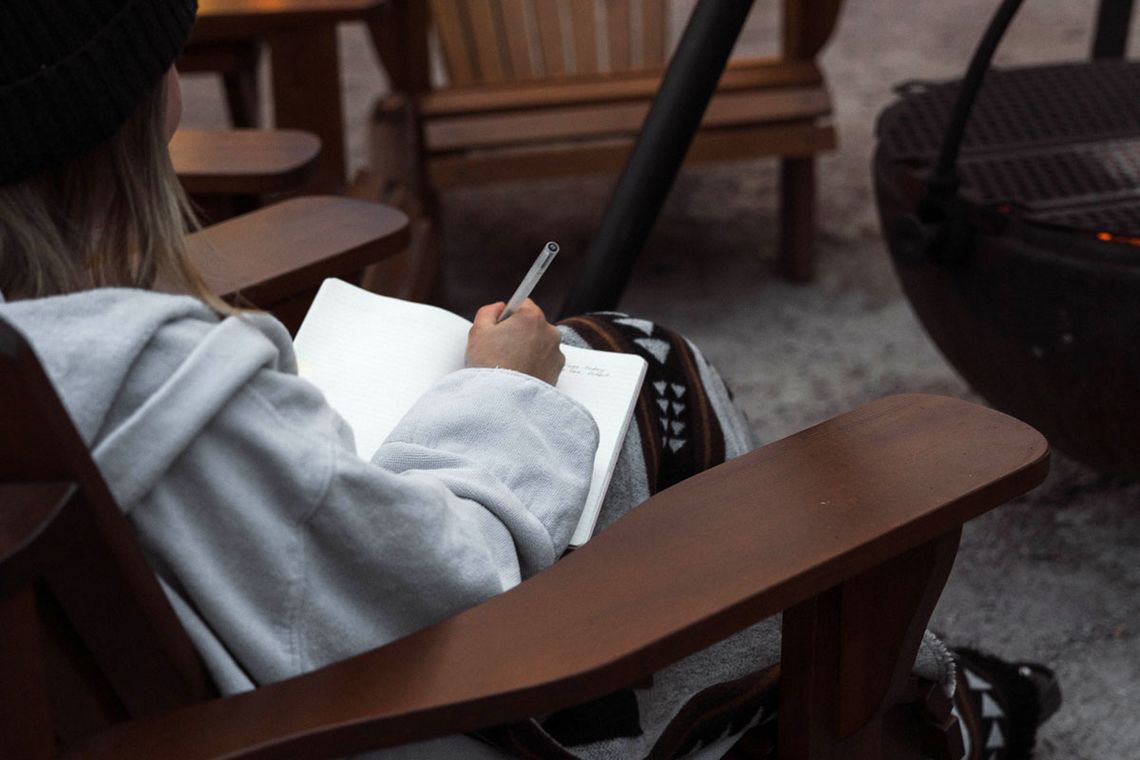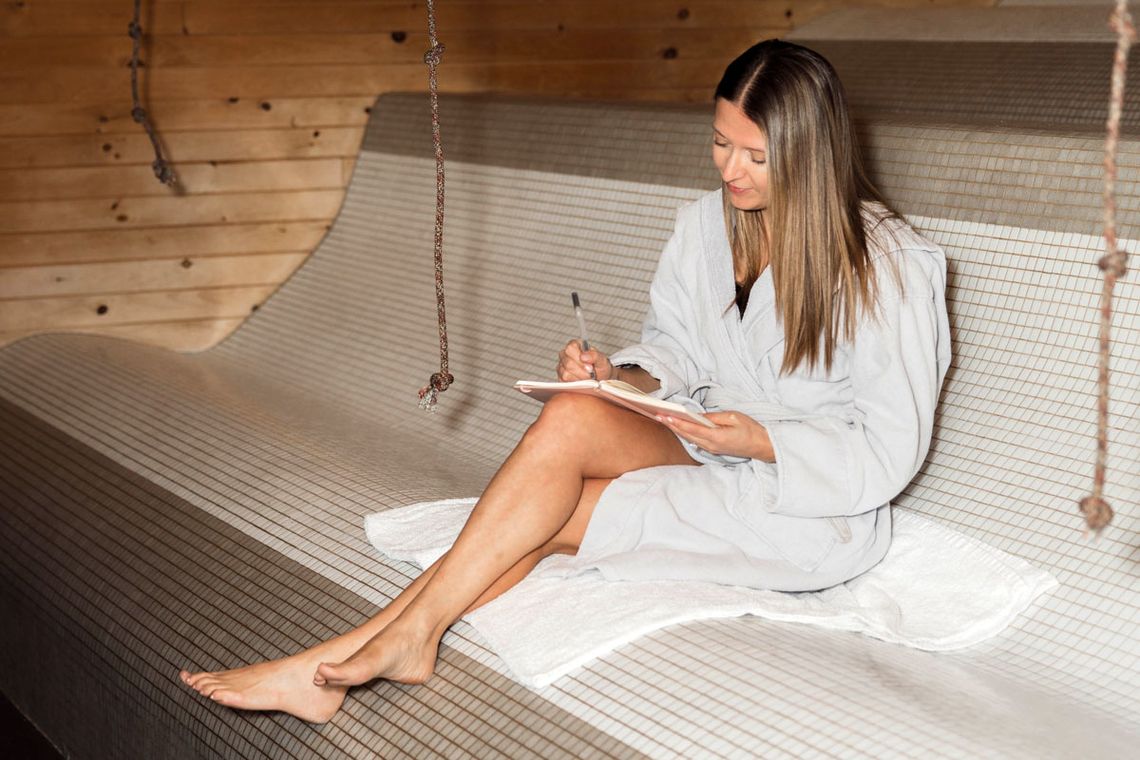The thermal cycle: if you’ve been to the spa before, or have scrolled through our socials, you’ve seen those 2 little words—what do they mean? Sure, thermal means “relating to heat” and a cycle is “a series of events that are regularly repeated in the same order,” but there must be more! Let’s dive in deeper.
Wait, it’s called what?


Thermotherapy, hydrotherapy or the thermal cycle? It can get a little confusing. In essence, they’re synonyms. For well over 2000 years, Nordic cultures have participated in sweat culture (look, another synonym!) Simplified to the max, thermotherapy involves exposing the body to hot and cold temperatures followed by a period of rest. By alternating between heat and cold, the body undergoes a series of physiological responses that make us feel good.
Where is it from?


Sweat bathing may not sound that appealing, but it’s an essential part of the thermal cycle. It spans cultures, continents and centuries. From the saunas of Finland to the hammams of Turkey, the banyas of Russia to the onsen of Japan, humans have long recognized the benefits of sweating. While the methods and settings may differ, the core elements always stay the same: heat, cold and rest.
So, how do I do a thermal cycle?


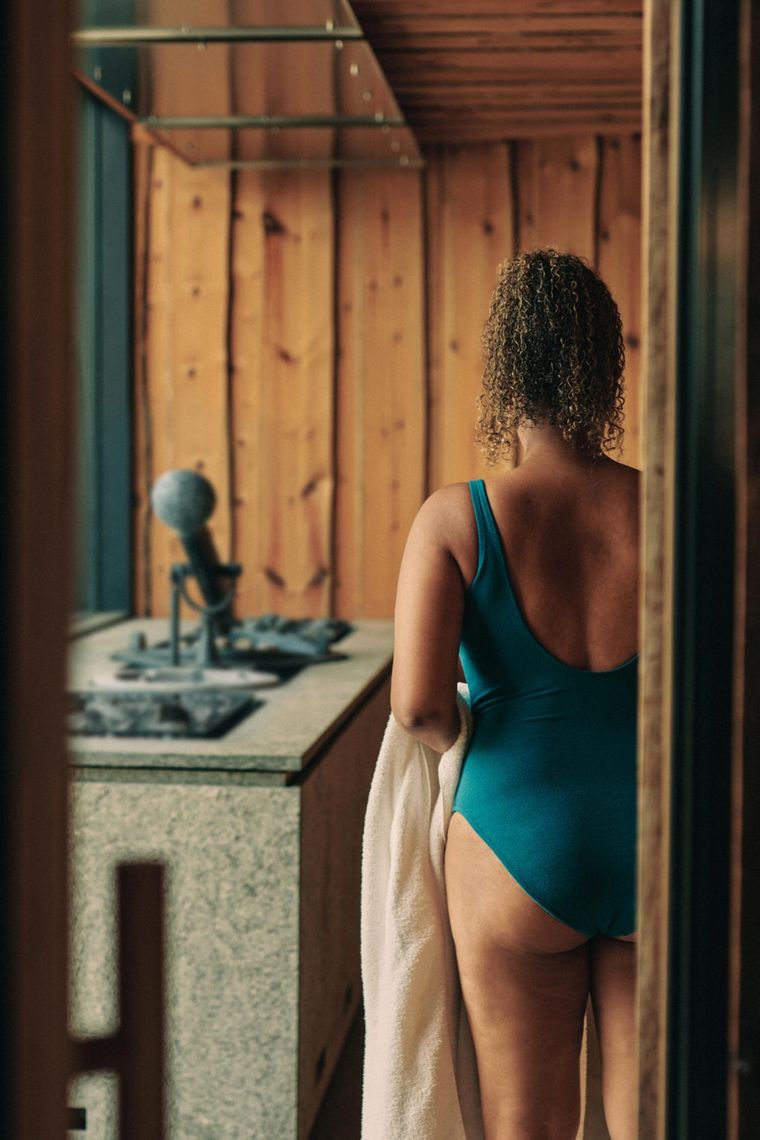
Step 1: Hot


Duration: 10 to 15 minutes
Your thermal journey starts with heat. Head to a sauna or a steam bath. As you choose your seat, remember that the higher you sit, the warmer it will be. As your body’s temperature rises, your blood vessels dilate, and your immune system comes alive at the threat of a fever. Toxins get flushed out along with sweat and muscle tensions melt away. The sauna’s heat can also promote relaxation. And just like that, your thermal cycle has begun.
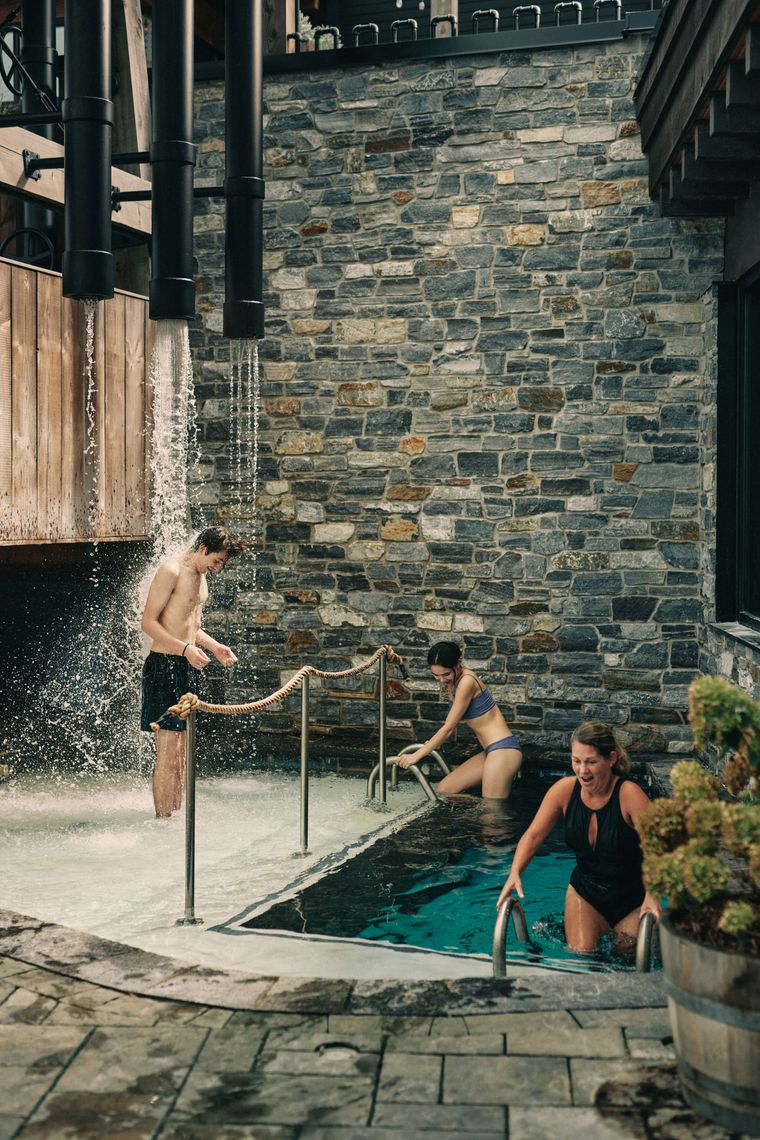
Step 2: Cold


Duration: 10 to 15 seconds
Next comes the cold. Fully submerge yourself in icy water or stand under a cold waterfall. This brief—we’re talking seconds—but intense step triggers a thermal shock, causing your body to release adrenaline and improve blood circulation. Your pores tighten. Your skin feels refreshed. You’re invigorated. While the cold may be daunting, it must be done if you want to reap the full benefits of thermotherapy.
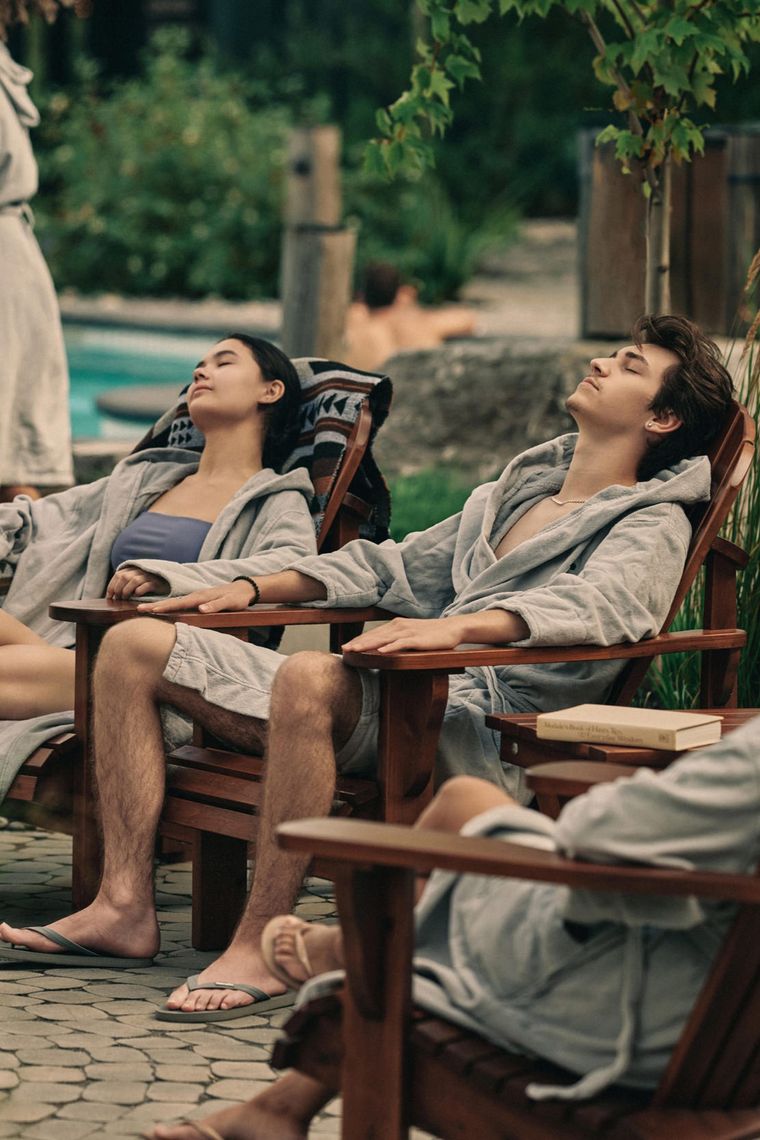
Step 3: Rest


Duration: 20 minutes minimum
The final stage is the easiest: just rest. Allow your body to recover. This step is vital for the production of endorphins—the happy hormones—which promote deep relaxation and a profound sense of calm. As you relax by a fire pit or sway with the breeze in a hammock, notice how the tension in your shoulders has disappeared. Congratulations, you’ve completed the thermal cycle.
Why should I do it?


Because the thermal cycle comes with a wide range of benefits, both physical and mental, making it a powerful tool for your overall well-being.
Physical Benefits


• Boosts the immune system: The heat phase stimulates white blood cell production, enhancing your body’s ability to fight off infections and illnesses.
• Detoxifies: Sweating during the heat phase eliminates toxins from the body, promoting overall health and clearer skin.
• Improves circulation: The alternating hot and cold phases stimulate blood flow, improving cardiovascular health and reducing the risk of chronic conditions.
• Reduces inflammation: The cold phase reduces inflammation in muscles and joints, aiding in recovery and pain relief.
• Promotes better sleep: The rest phase stabilizes your heart rate and calms the mind, leading to deeper and more restful sleep.
• Accelerates muscle recovery: Enhanced blood flow and reduced inflammation work together to speed up recovery.
Mental Benefits


• Reduces stress: The combination of heat, cold, and rest lowers cortisol levels, reducing stress and anxiety.
• Enhances mood: The release of endorphins during the thermal cycle promotes feelings of happiness and well-being.
• Increases mental clarity: The invigorating effects of the cold step followed by relaxation can sharpen focus and improve cognitive function.
• Encourages mindfulness: The intentional practice of moving through the thermal cycle encourages mindfulness, letting you be fully present in the moment.
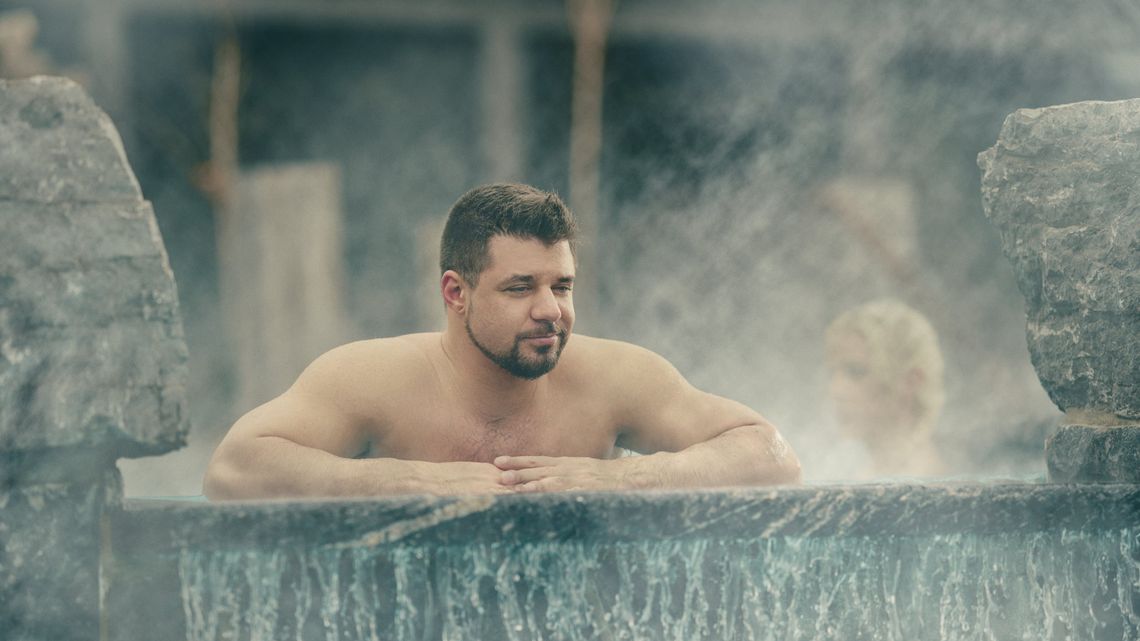
The thermal cycle is way more than just three steps: it’s a proven ritual that connects us to ancient traditions while offering plenty of modern benefits. By embracing the heat, diving into the cold and taking the time to just rest, we get to do something that people around the world have been doing for millennia—and isn’t that an incredible community to join?
